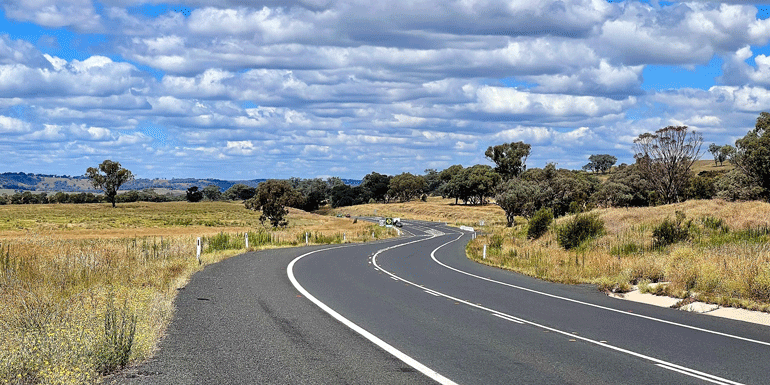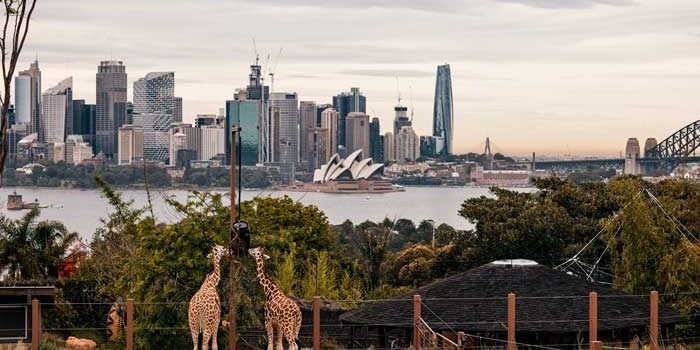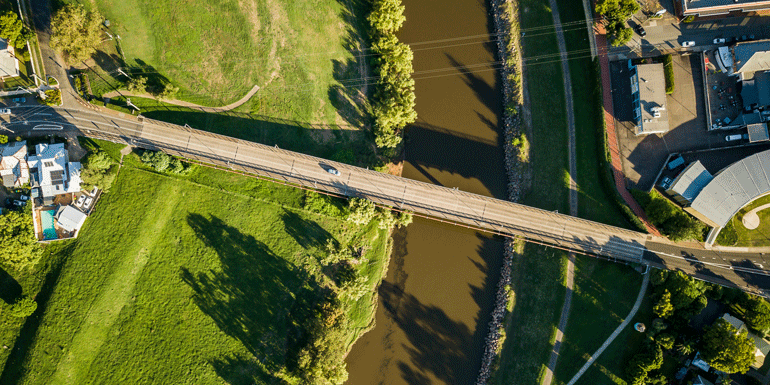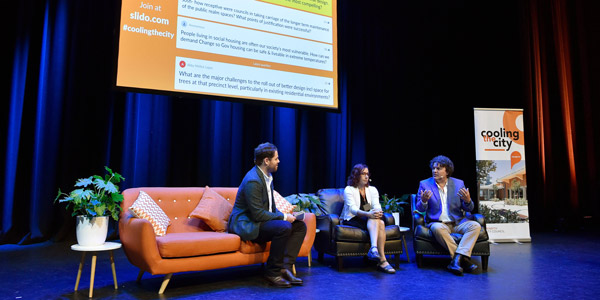About this case study
Urban heat island
State and Local Government
Cooling solutions
Find out how Sydney is creating 'cool design' strategies to help the city adapt to increased temperatures and reduce the urban heat island effect
The workshop unpacked a range of strategies to address urban heat islands. Among these are increasing the tree canopy over car parks to provide shade, or investing in light-coloured roofs and ‘cool’ pavements that reflect rather than absorb heat.
- Andrew Hewson, Sustainability Education Officer, Penrith City Council
With temperatures in Western Sydney set to soar in the summers ahead, global experts and local leaders have put their heads together to turn urban heat islands into cool oases.
The buildings we design today will be with us for the next 50 to 100 years. With huge growth ahead for Western Sydney, we need to get this right.
Urban building materials – like concrete, asphalt and dark roofs that hold and reflect heat – together with waste heat from vehicles and air-conditioners can make parts of Western Sydney 10 degrees hotter than surrounding areas during heat waves.
Urban heat islands are already an issue in Western Sydney. With huge levels of development in the years ahead, especially around the airport, the time for action is now
We know councils don’t hold all the cards when it comes to positive change. We decided to approach this challenge in a new way to get other sectors involved, share knowledge and create passion for climate change adaption.
We know Western Sydney will begin to experience 50-degree days, so getting everyone in the same room was a chance to explore best practice and the latest research, understand the business case for action and establish new partnerships
Western Sydney is a diverse and dynamic community that more than 3.5 million Australians will call home by 2036.
But without cooling sea breezes, Western Sydney is especially vulnerable to extreme heat. Soaring to 48.9 degrees, Penrith was officially the hottest place on the planet on 4 January 2020, breaking an Australian Bureau of Meteorology temperature record that had been standing since 1939.
Urban areas are significantly warmer than surrounding vegetated areas, creating ‘islands’ of heat. As our cities expand and climate change intensifies Australia’s already hot summers, places like Western Sydney are expected to swelter through 10 additional 40-degree days each summer.
In response, Penrith City Council is rolling out a range of actions to cool urban heat islands and create healthier and more liveable urban spaces. One of these actions was the ‘Cooling the City Masterclass’ – a carefully-curated event that delved deep into the problem of urban heat.
Tackling our urban heat islands will require support and partnership between us all. Local and state government, universities and research organisations, builders, developers and the community – we must all work together.
- Andrew Hewson, Sustainability Education Officer, Penrith City Council
The Cooling the City Masterclass was no traditional conference. Priced at just $50 per ticket, the event sold out in a matter of days “and we had people calling us in the lead-up asking if we could find them a seat,” Andrew says.
The event format – styled as a series of TED Talks – “inspired attendees with new knowledge, tools and ideas to inform their professional practice and build the momentum for change,” Andrew adds.
Following the workshop, several industry leaders began ongoing discussions about urban heat standard definitions, while local councils and some large businesses are developing urban heat strategies. The session recordings have proved valuable teaching resources for university students, and new partnerships have been forged between businesses, councils and researchers.
This project was proudly funded by the NSW Government with support from Local Government NSW.
Case studies

NSW councils are building climate risk into their business-as-usual planning and policies for the first time, thanks to products developed using NARCliM’s locally relevant climate modelled data.

Ensuring there’s enough water in the moat may not be a common challenge for those preparing for changing climate conditions.

Climate change creates a significant risk to infrastructure, people, and the economy. The impacts from climate change, including damaging weather events, has already cost the state an estimated $3.6 billion per year.
